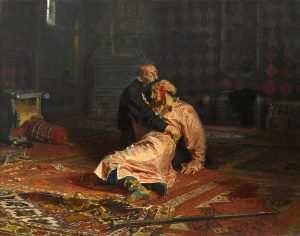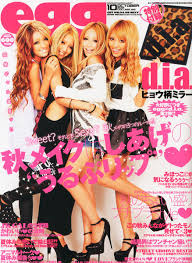Gothic Lolita
March 24, 2023
Of all the cool and visually dazzling fashion trends out there, Lolita fashion is one of the most notable. Lolita is a fashion subculture that is highly influenced by Victorian, Edwardian, and Rococo styles. Though it’s originally modeled after traditional European clothing, the style itself originated from Japan and is considered Japanese.
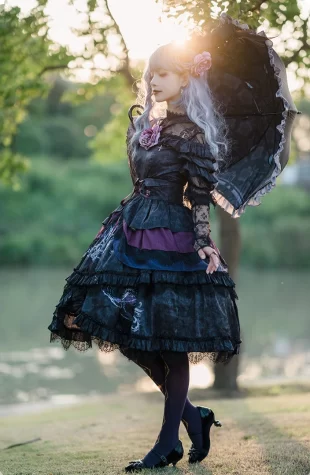
Lolita fashion goes back as far as the 1970s, born from a style called Doll Fashion. It was popularized by brands like Milk and Angelic Pretty, and the styles included cute, hyper- feminine clothing. But, the style wasn’t referred to as “Lolita” until the term first appeared in the September 1987 issue of the fashion magazine Ryukou Tsushin.
There are many sub-styles of Lolita fashion, including Goth Lolita. Originally, Gothic fashion and Lolita fashion were two different styles, but they merged and gained popularity through Tanbi Kei bands of the 90s, such as Malice Mizer. The band’s guitarist, Mana, was the first face of Gothic Lolita fashion: she even has her own fashion brand, Moi-même-Moitié. Along with establishing a brand, Mana also proposed an idea during a photoshoot with the Japanese alternative fashion magazine KERA, to create a magazine dedicated solely to the Gothic Lolita aesthetic. From there, it spread to other brands and many individuals started adapting the fashion as well.
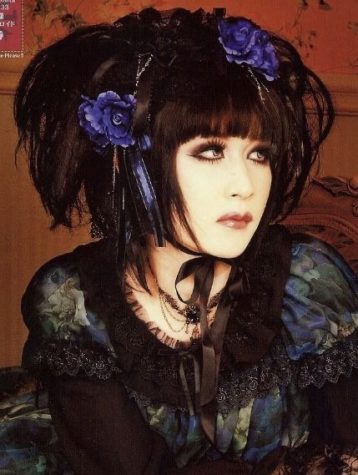
The main features of Gothic Lolita are ruffles, high necklines, layers, corsets, corset lacing, and the volume of the skirt, which is created by wearing a petticoat or crinoline. Wigs and other headwear such as bows or bonnets are frequently worn. The style plays with darker colors such as black, navy, maroon, and deep purples. Religious themes such as crosses, cathedrals, and pentacles are often incorporated. Bats, skulls, coffins, and roses are also very common. Mary Jane- style shoes are often worn with the outfits. Typically, the makeup includes dark lipstick, smokey eyeshadow, and dramatic eyeliner.
To some, Lolita fashion is seen as a way to rebel against Japanese societal norms, in which they’re forced to dress or look a certain way, and it serves as a mode of self expression and freedom.
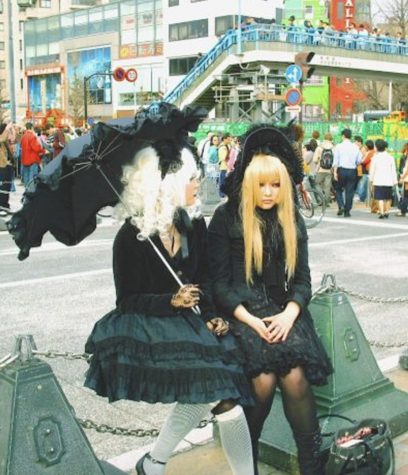
Sources:
https://en.wikipedia.org/wiki/Lolita_fashion
https://haenfler.sites.grinnell.edu/subcultures-and-scenes/lolita/







